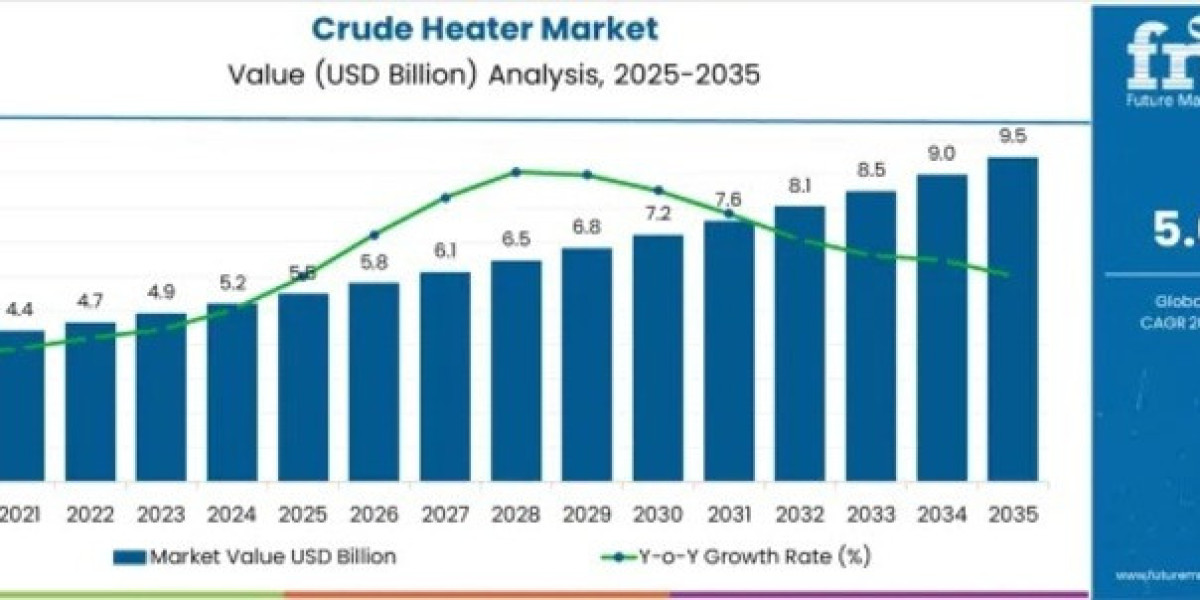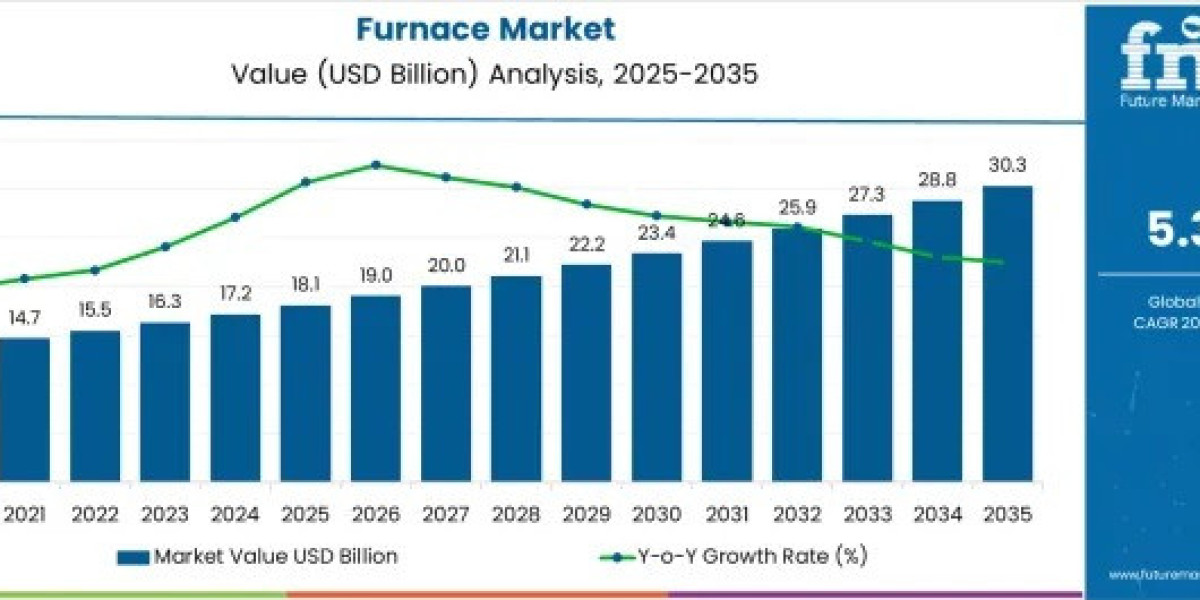The global Crude Heater Market is poised for robust growth between 2025 and 2035, with market valuation expected to increase from approximately USD 5.5 billion in 2025 to USD 9.5 billion by 2035, reflecting a CAGR of 5.6%. The growth is propelled by rising demand for energy-efficient crude oil pre-heating systems, modernization of refining infrastructure, and tightening environmental regulations worldwide.
Subscribe for Year-Round Insights → Stay ahead with quarterly and annual data updates: https://www.futuremarketinsights.com/reports/sample/rep-gb-8866
Market Growth Drivers and Emerging Trends
The Crude Heater market is benefiting from increasing global refinery capacity, a surge in small- and medium-scale refining operations, and technological advancements aimed at improving combustion efficiency. Heaters with a processing capacity of less than 50,000 barrels per day currently dominate the market due to their compatibility with modular and decentralized refineries.
Simultaneously, flame-based combustion systems remain the preferred design across most refineries, accounting for more than half of total installations globally. The ongoing shift toward energy-efficient and low-emission heater models, coupled with innovation in burner design and waste-heat recovery, is transforming the performance landscape. Refineries are prioritizing systems that offer greater fuel savings, reduced carbon footprints, and enhanced operational reliability.
Regional Market Outlook
Asia-Pacific remains the fastest-growing region, supported by refinery expansions in India, China, and Southeast Asia. Investments in new refining facilities and capacity upgrades are stimulating large-scale heater deployment. Meanwhile, Europe is undergoing a wave of modernization and retrofitting activities, driven by stringent emission norms and a growing emphasis on sustainable refinery operations.
In North America, operators are focusing on replacing aging crude heating units with advanced, low-NOx and energy-optimized systems. The Middle East and Saudi Arabia are also expected to see considerable growth as regional refining and petrochemical integration projects continue to expand.
Market Segmentation Highlights
- By Capacity: Heaters below 50,000 barrels per day lead the segment, driven by their cost-effectiveness and scalability.
- By Combustion Type: Flame combustion units dominate, while alternative designs are gaining traction for emission control.
- By End User: The oil & gas and refining sectors remain the largest consumers of crude heaters, with significant investment in pre-heating applications.
- By Region: Asia-Pacific leads global demand, followed by Europe and North America as key retrofit markets.
Competitive Landscape and Strategic Insights
The competitive landscape is characterized by the presence of established equipment manufacturers investing in digital monitoring, predictive maintenance, and low-emission combustion technologies. Leading players are diversifying their product lines with modular heater solutions designed for rapid deployment and operational flexibility.
Manufacturers are also adopting service-driven business models—offering long-term maintenance, performance optimization, and real-time data analytics. This transition from traditional equipment supply to “solutions-as-a-service” is reshaping competitive dynamics in the market.
Strategically, the next decade will demand:
- Innovation in heat-transfer and combustion systems to minimize emissions and maximize efficiency.
- Adaptation to modular refinery models, enabling faster project execution and flexibility in feedstock processing.
- Strengthening after-sales service ecosystems that support continuous operation and lifetime performance.
Future Outlook
The outlook for the Crude Heater market is optimistic, supported by strong refinery construction pipelines, growing attention to energy-efficiency mandates, and sustained demand from the oil & gas sector. The integration of smart control systems, IoT-based diagnostics, and adaptive heat-management tools will further enhance performance and reduce total cost of ownership.
By 2035, the Crude Heater market is expected to evolve beyond conventional heating systems to become a cornerstone of refinery efficiency. Companies investing in innovation and sustainability are likely to capture the most significant opportunities in both emerging and mature markets.








